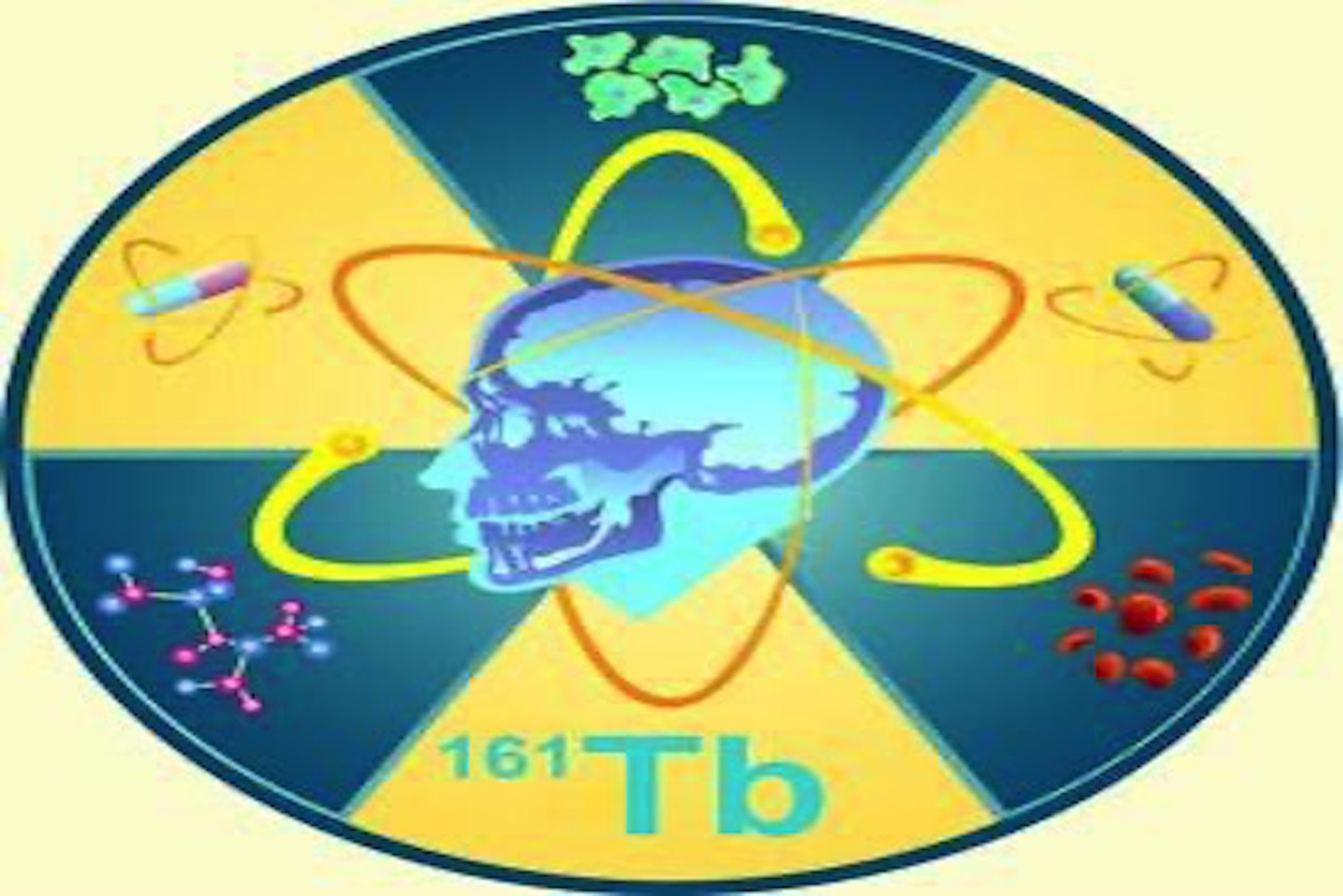The Role of Nuclear Medicine in Cancer Treatment
Introduction
Cancer treatment has advanced significantly over the years, thanks to innovations in technology and medical science. One of the most intriguing areas of development is in nuclear medicine. This article explores the pivotal role nuclear medicine plays in diagnosing, treating, and managing cancer.
What is Nuclear Medicine?
Nuclear medicine employs radioactive substances for both diagnostic and therapeutic purposes. It differs from traditional methods like chemotherapy, which targets the entire body, in that it offers targeted treatment, impacting only the affected cells.
Diagnostic Uses
PET Scans
Positron Emission Tomography (PET) scans are extensively used in cancer detection. The radioactive tracer, usually fluorodeoxyglucose (FDG), illuminates cancerous cells, providing a highly sensitive diagnostic tool.
SPECT Scans
Single Photon Emission Computed Tomography (SPECT) offers 3D imaging and is often used in combination with CT for enhanced diagnostic capabilities.
Therapeutic Uses
Radioimmunotherapy
Radioimmunotherapy combines antibodies with radioactive isotopes. These bind to cancer cells, delivering a concentrated dose of radiation.
Radiopharmaceuticals
Medications like Radium-223 dichloride specifically target bone metastases, offering localized treatment and improving life quality.
Benefits and Limitations
Benefits
Targeted Treatment: Minimizes damage to healthy cells.
Early Detection: Highly sensitive in detecting malignancies at an early stage.
Limitations
Cost: Often more expensive than traditional therapies.
Availability: Advanced facilities and expertise are required.
Conclusion
Nuclear medicine offers revolutionary approaches in the diagnosis and treatment of cancer. By providing targeted, effective options, it contributes significantly to improving patient outcomes and quality of life. However, challenges like cost and availability require further attention to make nuclear medicine accessible to all.

